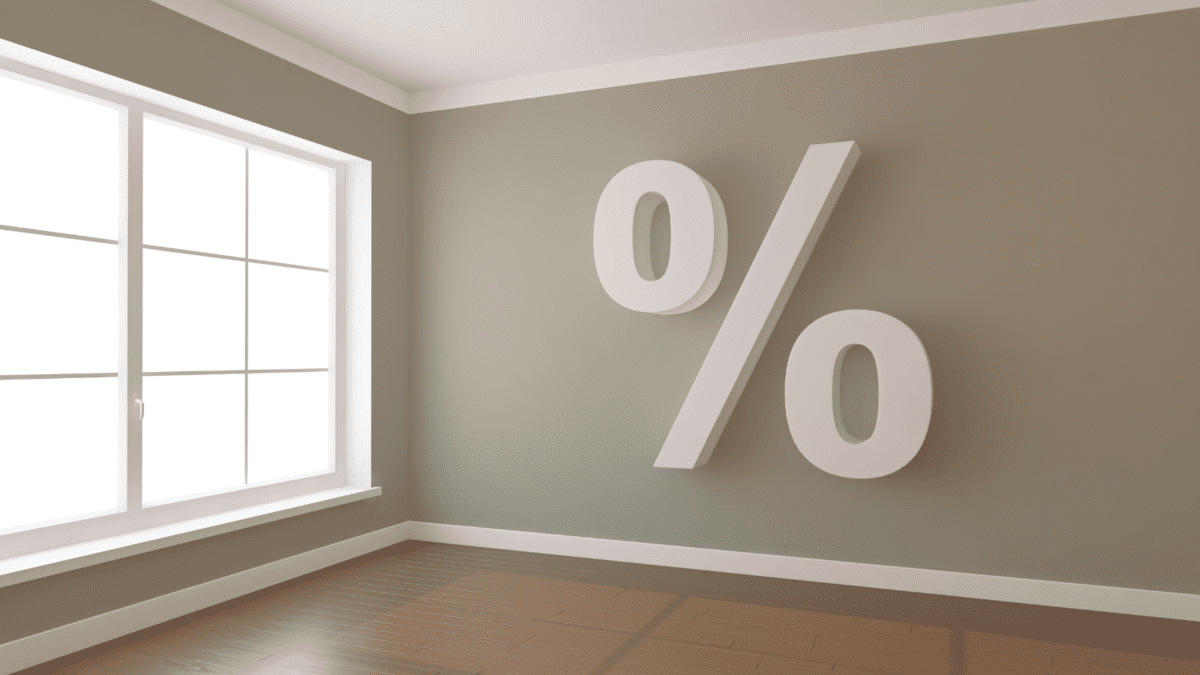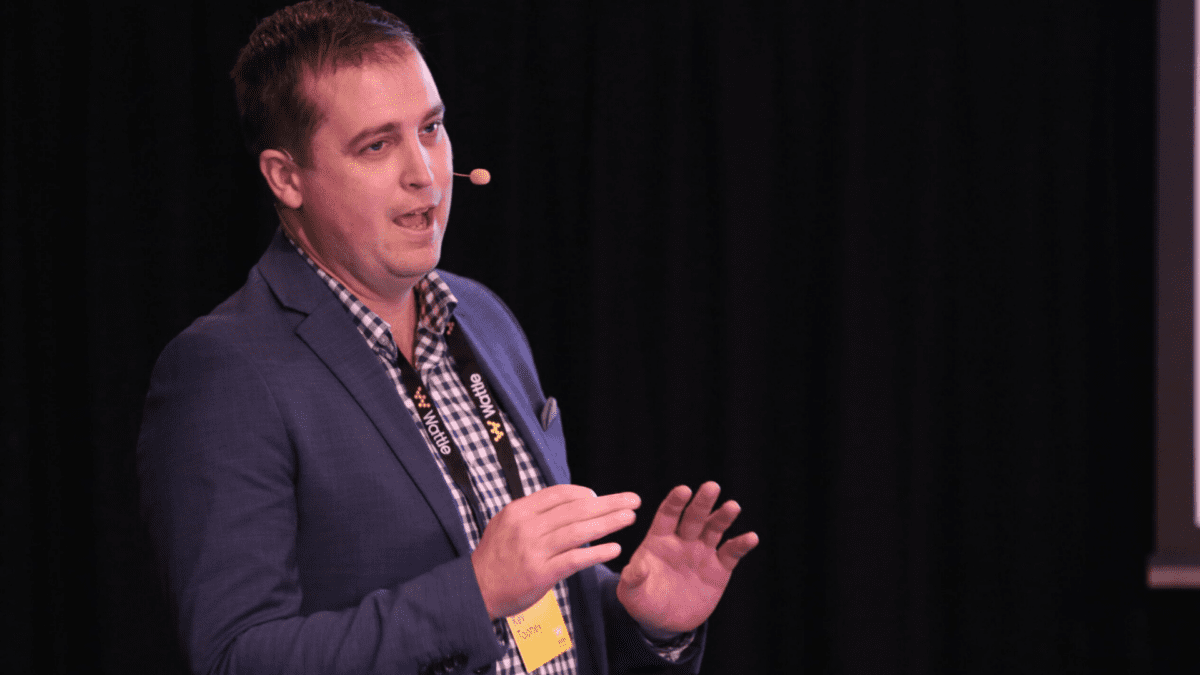Interest rate hikes won’t be felt until December
The Reserve Bank of Australia (RBA) has increased interest rates for the fifth consecutive month, piling further pressure on homeowners and property investors.
The 50 basis point hike announced on Tuesday brings the official cash rate to 2.35 per cent; a level not seen since 2014. Notwithstanding the fastest pace of rate increases since 1994, the board expects to increase “rates further over the months ahead” to bring inflation back to its 2-3 per cent target range.
Per RateCity, a $1 million mortgage with 25 years remaining would see monthly repayments rise by $288. Including rate movements since May, households have had their monthly repayments increase by $1,229.
Property prices begin to rollover
In response to the recent barrage of rate hikes, national capital city house prices have fallen 4.2 per cent from their peak in April according to CoreLogic.
Property buyers advocate Chris Stasinopoulos from Professional Property Advisory believes the full impact of interest rate increases won’t properly be felt until later this year once higher mortgage rates are passed through and fixed rate loans begin rollover. His comments are echoed by Commonwealth Bank and NAB, which in recent reporting updates noted no uptick in mortgage stress.
“Post mid-December industry shuts down. January everyone is on holiday. It’s not until the end of February that you can start to get a read of where things are going, but certainly by December we’re going to start to see the effects”, Stasinopoulos says.
The owners most sensitive to interest rates are recent home buyers, single-income families and properties in the sub-$1 million range. He is more bullish on the outlook for affluent suburbs, with buyers willing to pay up for established dwellings.
“People have no confidence in builders because they’re all going broke. And the cost of construction has just gone through the roof so they’re getting better value in these ready-made premium properties”.
Investors rush for the exit
Lending activity data from the ABS continued its downward trend in July with the value of new owner-occupier loans falling 7.0 per cent and investor loan commitment dropping 11.2 per cent in July.
Stasinopoulos reaffirms the withdrawal of investors, with owners – especially those reaching retirement age – deciding the hassle and complexity of owning investment properties simply isn’t worth the effort. He adds it’s easier to park your money in tax fee primary residence and live in a nicer neighbourhood.
“Investment properties come with headaches like higher land tax, higher electricity, and now higher interest costs”, Stasinopoulos says.
“I’m seeing a tendency by some people to purchase a nice home on the best block they can buy and forgo having multiple investment properties.”
This likely explains why new listings remain above what is typically a seasonal low-point for the industry. Developers and new buyers are looking to lock in gains, no matter how big (or small), before listing activity picks up over spring.
Serviceability remains key
Despite property prices beginning to turn, most homeowners are sitting on decent equity per cent above their pandemic-induced low in September 2020. Put another way, prices would need to fall over 20 per cent to erase the past two years of growth.
There is also little sign of a weakening in consumer habits. The latest trade numbers for July showed a 16.5 per cent annual jump in retail spending. The RBA noted wage growth is rising “briskly”, buttressing households as mortgage repayments increase.
Where borrowers may run into trouble is servicing loans. Using its internally developed Mortgage Repayment Ratio (MRR), Betashares chief economist David Bassanese concludes mortgage affordability is now significantly stretched.
Bassanese says, “As at July 2022, the nationwide MRR has reached 39 per cent, compared to an average since 2004 of 32.7 per cent – and a peak level of 42 per cent in June 2008.”
Should the RBA increase rates above 3.50 per cent – which based on current market pricing is expected to occur in March next year before peaking at 3.77 per cent in July – he expects house prices to fall at least 10 per cent to bring serviceability back to more normalised levels.
Stasinopoulos concurs house prices will fall 10-15 per cent, however it will ultimately be up to the RBA. “It depends on how long this goes for and how much pain they want to inflict upon borrowers”.









